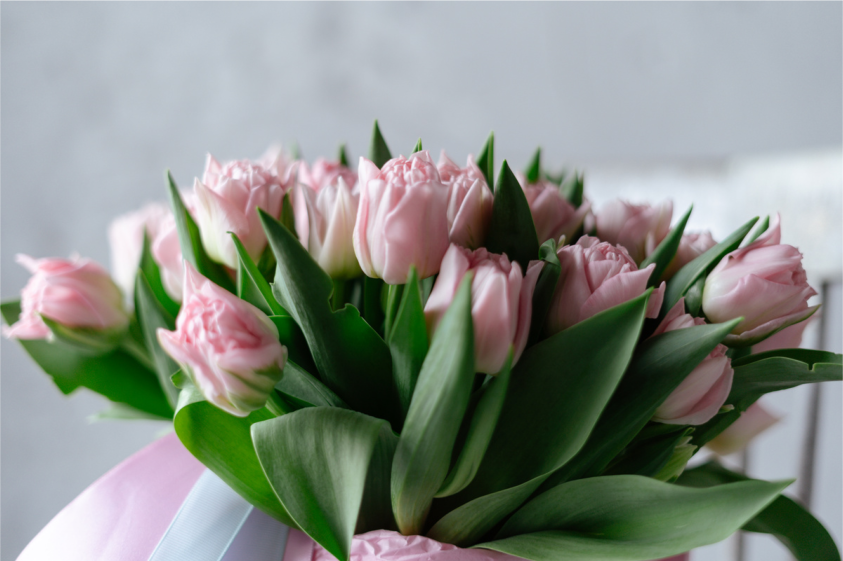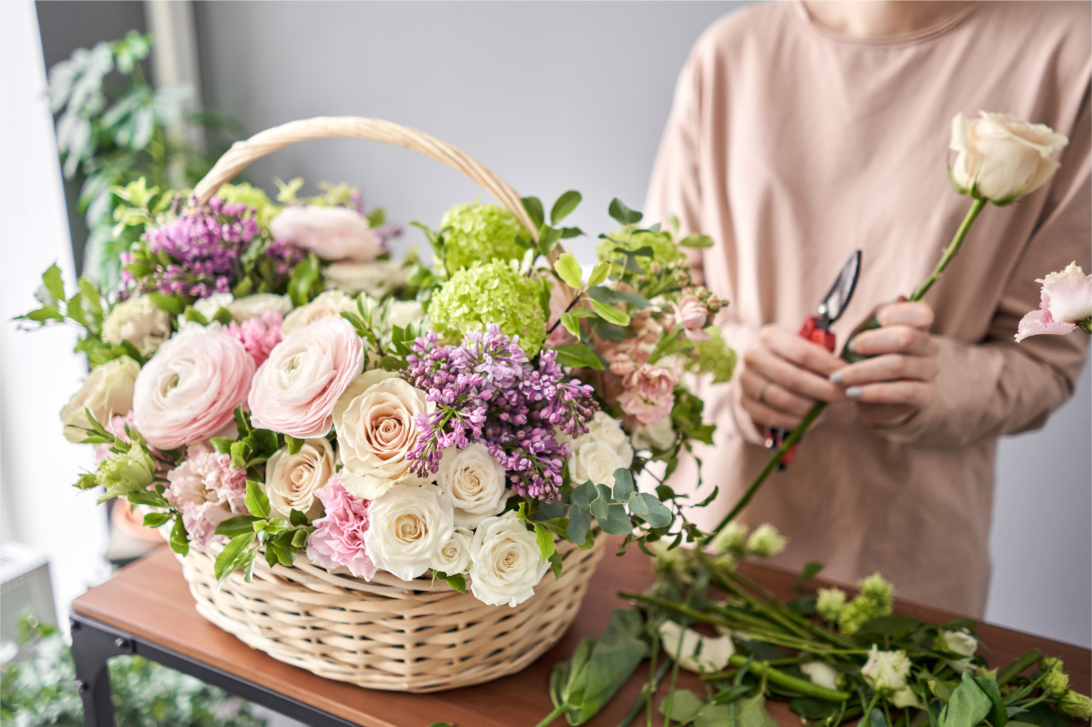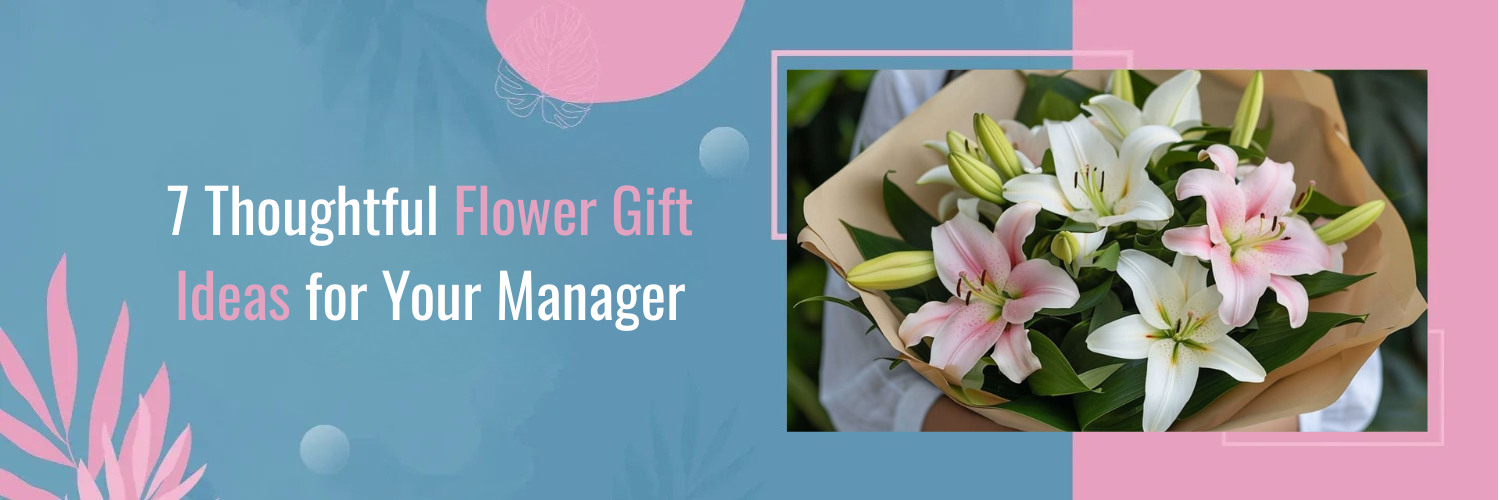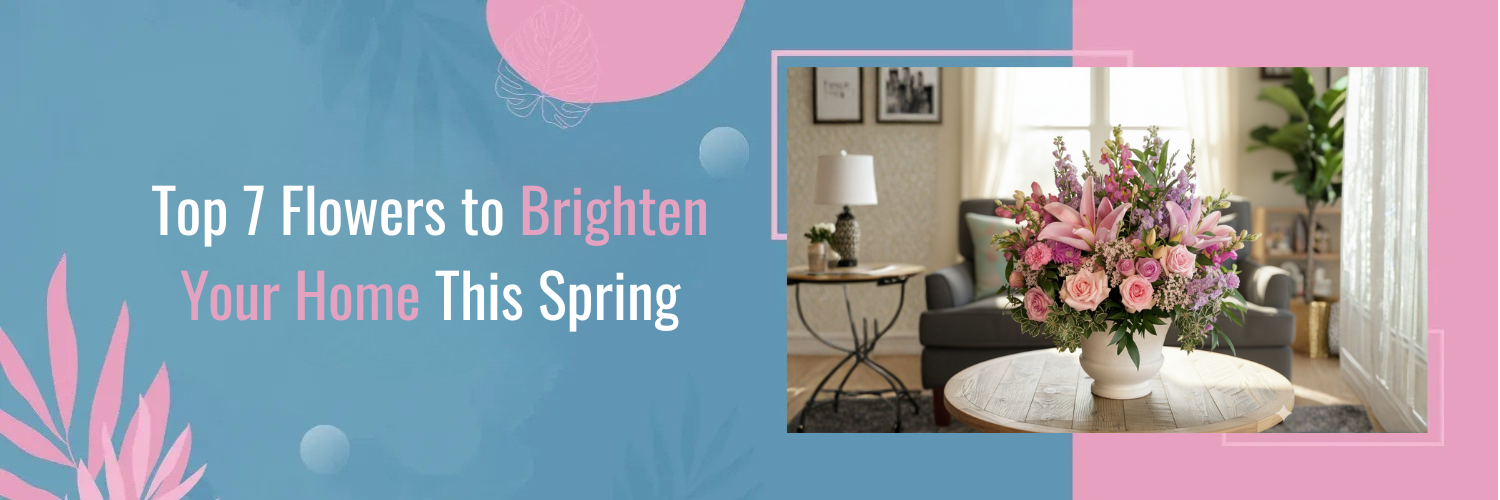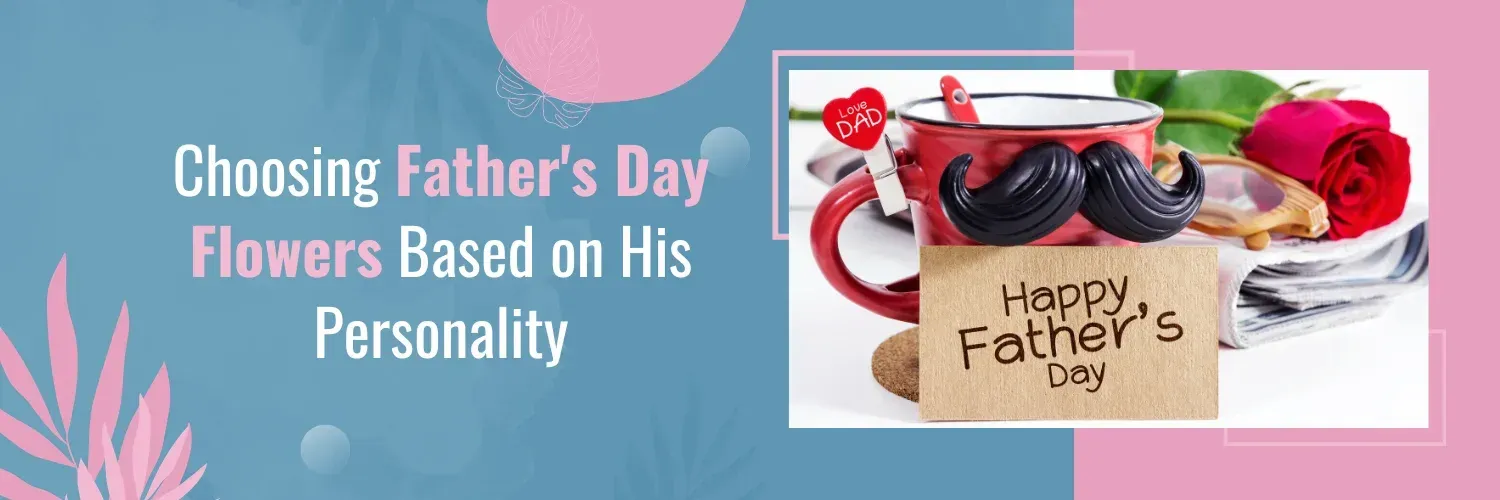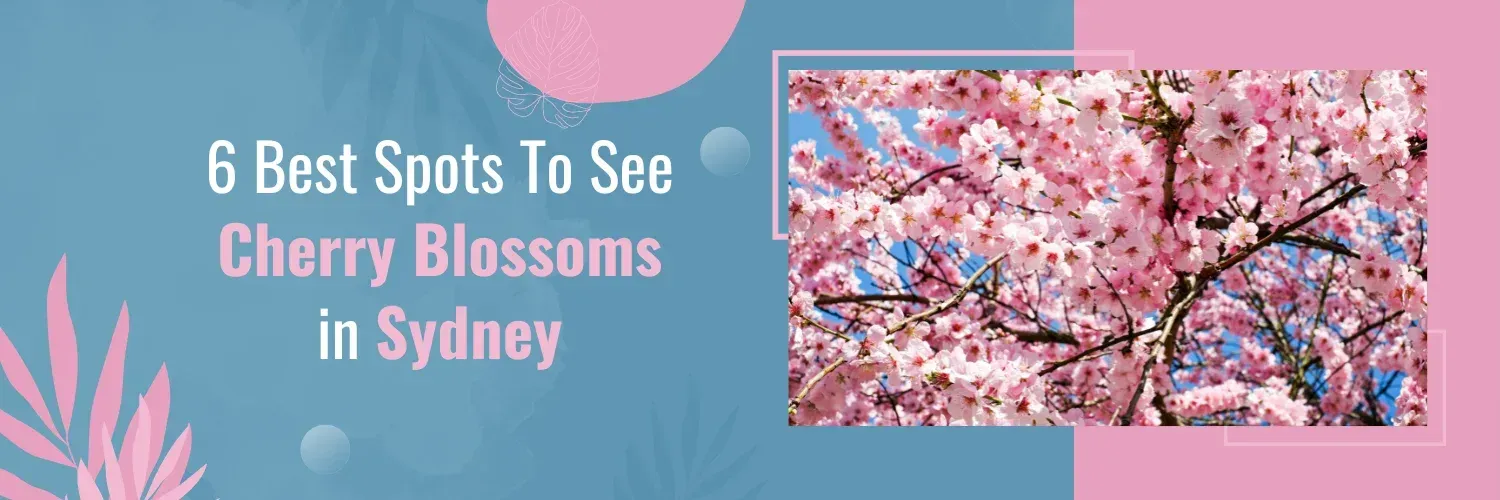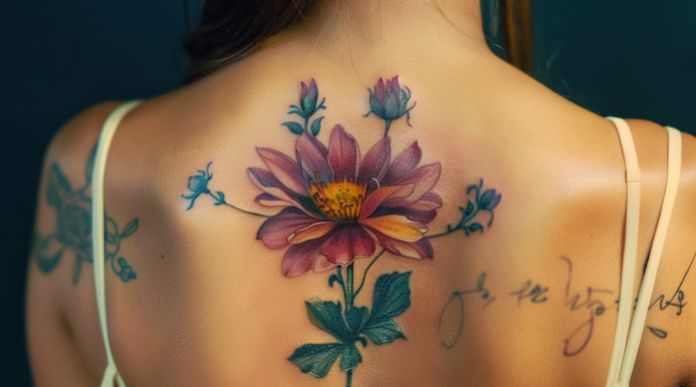Understanding Flower Types
When it comes to crafting a bouquet, each flower type has its unique charm and symbolism. Let’s delve into some popular flower types that can help you create stunning arrangements:
Roses
Roses are more than just a quintessential symbol of love; they are a language of emotions expressed through colors. Each hue conveys a distinct message – from the passion of red to the innocence of white. The classic choice for conveying love and admiration, roses come in various varieties, such as the elegant long-stemmed roses and the delicate spray roses. Mixing different rose varieties in a bouquet not only adds texture but also layers of meaning, creating a bouquet that speaks volumes.
Lilies
Lilies are a representation of purity and devotion. With their elegant, trumpet-like shape and captivating fragrance, they make a bold statement in any bouquet. There are two main types: Oriental lilies, known for their larger blooms and strong fragrance, and Asiatic lilies, which offer a wider range of colors and a more compact shape. Blending lilies with other flowers like roses or baby’s breath can create a balanced arrangement that exudes both grace and vibrancy.
Tulips
Tulips are synonymous with perfect love and the arrival of spring. These graceful flowers come in a spectrum of colors, allowing for endless creative possibilities. Experimenting with tulip heights can add dynamic layers to your bouquet, guiding the viewer’s eye across the arrangement. Consider mixing tulips of different colors in a monochromatic arrangement for a subtle ombre effect, or combine various hues for a burst of color that captures the essence of spring.
Sunflowers
Sunflowers, with their bright and cheerful appearance, represent adoration and loyalty. Their large, radiant heads make them ideal focal points in larger bouquets. Pairing sunflowers with vibrant accent flowers like irises or daisies can create a striking contrast that embodies joy and optimism.
Creating Theme-based Bouquets
Crafting a bouquet that follows a specific theme can elevate its impact, evoke emotions, and tell a story. Whether you’re aiming for timeless romance, rustic charm, or vibrant celebration, a theme-based bouquet can capture the essence of an occasion or the personality of the recipient. Let’s explore some captivating theme-based bouquet ideas and how to bring them to life:
Romantic Elegance
A romantic bouquet exudes sophistication and sentimentality. To achieve this, combine classic roses, delicate baby’s breath, and fragrant eucalyptus leaves. Roses, with their timeless symbolism of love, serve as the centerpiece. Their soft pastel shades, such as blush pink and creamy white, create a gentle and romantic palette. Baby’s breath adds an airy touch, complementing the roses’ elegance, while eucalyptus leaves contribute a fresh fragrance and refined greenery. Wrap the bouquet with a satin ribbon in a matching hue to complete the look. This bouquet is perfect for weddings, anniversaries, or any gesture of affection.
Rustic Charm
For a rustic-themed bouquet that captures the rustic beauty of the countryside, opt for a combination of wildflowers, daisies, and sprigs of lavender. These flowers offer a natural and unpretentious charm. Choose a color palette inspired by nature, including warm yellows, soft purples, and earthy greens. To enhance the rustic feel, wrap the stems with twine or burlap, which adds texture and a touch of simplicity. This bouquet is ideal for outdoor weddings, garden parties, or as a cheerful gift to brighten someone’s day.
Vibrant Celebration
When the occasion calls for exuberance and joy, a vibrant celebration bouquet is the way to go. Compose this lively arrangement with bold flowers like gerbera daisies, dahlias, and colorful zinnias. These flowers come in a range of vivid shades, from fiery oranges to electric pinks. Mix and match contrasting hues to create a dynamic and energetic bouquet that mirrors the excitement of the event. Adding playful elements like ribbon streamers or decorative pins can enhance the celebratory vibe. This bouquet is perfect for birthdays, graduations, or any festive gathering.
Enchanted Garden
Bring the magic of an enchanted garden into your bouquet by combining delicate blooms like peonies, ranunculus, and sweet peas. Choose soft pastel tones such as blush, lavender, and pale yellow to create an ethereal and dreamy ambiance. Incorporate trailing greenery like ivy or jasmine vines to evoke the feeling of wandering through a whimsical garden. To complete the enchanted look, wrap the bouquet with a sheer organza ribbon. This bouquet is a perfect match for outdoor weddings, baby showers, or any event that calls for a touch of enchantment.
Monochromatic Elegance
Monochromatic bouquets are all about embracing the beauty of a single color. Choose a flower that comes in various shades of your chosen color and arrange them in a gradient from light to dark. For example, a monochromatic white bouquet could include ivory roses, cream-colored lilies, and white lisianthus. This elegant and refined bouquet showcases the depth and versatility of a single hue. Wrap the bouquet with a satin ribbon in a complementary shade for a polished finish. Monochromatic bouquets are perfect for formal events, memorial services, or occasions where a sense of unity is desired.
Creating theme-based bouquets allows you to express creativity and thoughtfulness in your floral arrangements. By carefully selecting flowers, colors, and embellishments that align with your chosen theme, you can craft a bouquet that not only looks stunning but also tells a meaningful story. Whether you’re aiming for romance, charm, celebration, enchantment, or elegance, your theme-based bouquet will leave a lasting impression on those who receive it.
Tips for Crafting the Perfect Bouquet
Crafting a visually stunning bouquet requires more than simply gathering flowers together. It’s about combining artistry, design principles, and a touch of creativity to create a harmonious and captivating arrangement. Here are some valuable tips to help you craft the perfect bouquet:
Color Coordination
- Understand Color Theory: Familiarize yourself with the basics of color theory. Learn about complementary colors (opposite on the color wheel), analogous colors (adjacent on the wheel), and monochromatic color schemes. This knowledge will guide your choice of flower colors for a harmonious and visually appealing bouquet.
- Choose a Dominant Color: Select a dominant color for your bouquet, which will set the tone and mood. Then, incorporate complementary or analogous colors as accents to add depth and contrast.
- Consider the Occasion: The occasion or theme of the bouquet can influence your color choices. For example, pastel colors might be suitable for a romantic bouquet, while vibrant hues work well for celebrations.
Textures and Fillers
- Include Greenery: Greenery adds volume, texture, and a touch of nature to your bouquet. Experiment with various types of leaves, ferns, and branches to create an appealing backdrop for your flowers.
- Choose Fillers Wisely: Delicate fillers like baby’s breath, statice, or waxflower can add an enchanting touch to your bouquet. These fillers soften the overall look and create a balanced composition.
- Layering and Placement: Place different flower types strategically to create layers of depth. Tall flowers should be at the back, while shorter ones and fillers can be arranged toward the front. This layering adds dimension to your bouquet.
Choosing the Right Container
- Match the Style: The vase or container should complement the bouquet’s style and theme. A sleek glass vase is suited for modern bouquets, while a rustic tin pail works well with more casual arrangements.
- Consider Proportions: The size of the container should be proportional to the bouquet. It should provide enough space for the flowers to breathe and showcase their beauty.
- Experiment with Alternatives: Don’t limit yourself to traditional vases. Get creative by using unique containers like vintage teacups, wooden crates, or even repurposed wine bottles. These alternatives can add character to your bouquet.
Techniques and Tricks
- Cut Stems at an Angle: Trim flower stems at a 45-degree angle. This allows the flowers to absorb water more effectively and prolong their freshness.
- Remove Excess Leaves: Strip leaves that would be submerged in water to prevent bacterial growth. This keeps the water clean and helps the flowers hydrate better.
- Change Water Regularly: Change the water in the vase every two days and re-trim the stems. This prevents bacteria from forming and maintains the bouquet’s vitality.
- Keep Temperature in Mind: Display your bouquet away from direct sunlight, heat sources, and drafts. Extreme temperatures can accelerate wilting.
- Add Floral Preservatives: When available, use floral preservatives in the water. These packets often come with store-bought flowers and can help extend their lifespan.
By implementing these tips and techniques, you can elevate your bouquet-making skills and create arrangements that not only captivate the eye but also convey emotions and tell stories through the language of flowers. Remember, crafting a perfect bouquet is a blend of technique, creativity, and a genuine love for the art of floral design.
3 Tips for Picking Flowers for a Bouquet
Choosing the right flowers for your bouquet is essential to create a visually appealing and meaningful arrangement. Here are three valuable tips to help you pick the perfect flowers for your bouquet:
1. Consider the Occasion and Theme
The occasion for which you’re creating the bouquet plays a significant role in your flower selection. Consider the theme and the emotions you want to convey. For example:
- Romantic Occasions: Opt for classic choices like roses to express love, or choose flowers with soft colors and elegant shapes.
- Celebrations: Vibrant and lively flowers like gerbera daisies, sunflowers, or colorful zinnias can be perfect for joyous events.
- Sympathy or Condolences: Select muted and calming flowers like lilies or white roses that convey sympathy and respect.
2. Understand Flower Meanings
Different flowers have distinct meanings and symbolism associated with them. Understanding these meanings can add depth to your bouquet’s message. For example:
- Roses: Each color has a unique meaning; red symbolizes love, white signifies purity, and yellow represents friendship.
- Lilies: White lilies symbolize purity and rebirth, making them fitting for memorial bouquets.
- Tulips: Red tulips represent passionate love, while yellow tulips convey cheerfulness and friendship.
3. Focus on Shape, Size, and Texture
The visual appeal of your bouquet depends on the shapes, sizes, and textures of the flowers you choose. Consider the following:
- Balance: Mix different flower shapes to create a balanced arrangement. Combine focal flowers like roses with filler flowers like baby’s breath and greenery.
- Size and Proportion: Choose flowers of varying sizes to add depth and visual interest. Larger blooms can be focal points, while smaller ones create texture and fill gaps.
- Texture: Incorporate different textures for a dynamic bouquet. Combining smooth petals with feathery greenery or spiky flowers adds dimension.
Picking flowers for a bouquet is both an artistic and thoughtful process. By considering the occasion, understanding flower meanings, and focusing on visual elements, you can create a bouquet that not only looks beautiful but also carries a heartfelt message.
Conclusion
Crafting a bouquet is akin to painting with petals – a harmonious blend of creativity, symbolism, and artistry that speaks volumes without uttering a word. By delving into the language of flowers and exploring various themes, you can compose arrangements that encapsulate feelings, stories, and cherished moments. Embrace the endless possibilities, for there are no rigid confines when it comes to arranging the perfect bouquet. Whether you’re expressing love, commemorating a milestone, or simply aiming to brighten someone’s day, let your bouquet radiate your sentiments and style.
Ready to bring your bouquet dreams to life? Order your thoughtfully curated bouquet today from Bourkes Florist , where passion for flowers meets the art of expression. Let the blooms do the talking and let the petals paint your story.
FAQs
Q: Can I mix different flower types in a bouquet?
Absolutely! Mixing different flower types adds depth and beauty to your bouquet. Just ensure that they complement each other in terms of color, size, and texture for a harmonious arrangement.
Q: What are some long-lasting flowers I can use in my bouquet?
Flowers like carnations, orchids, and chrysanthemums have longer lifespans and can be excellent choices for bouquets that you want to last.
Q: How do I prevent wilting in my bouquet?
To keep your bouquet fresh, trim stems at an angle before placing them in water, change the water regularly, and keep the bouquet away from direct sunlight and heat.
Q: What flower combinations work best for a vintage-themed bouquet?
For a vintage vibe, consider using pastel-colored roses, peonies, and dusty Miller. Incorporating lace or ribbon can further enhance the nostalgic theme.
Q: Is it necessary to use floral foam in my arrangement?
No, floral foam isn’t always necessary. You can create stunning bouquets using water vials, tape grids, or even arrange flowers without any mechanics. It’s about finding the method that suits your style and the flowers you’re working with.




